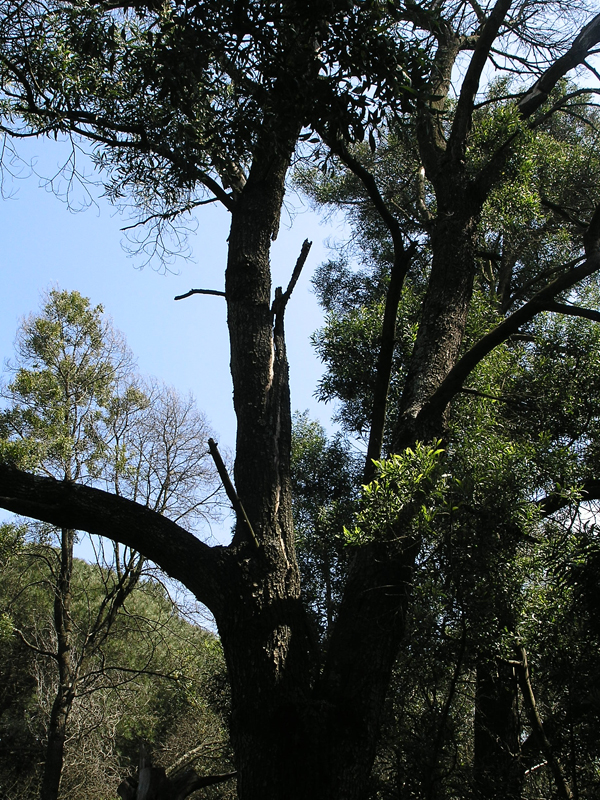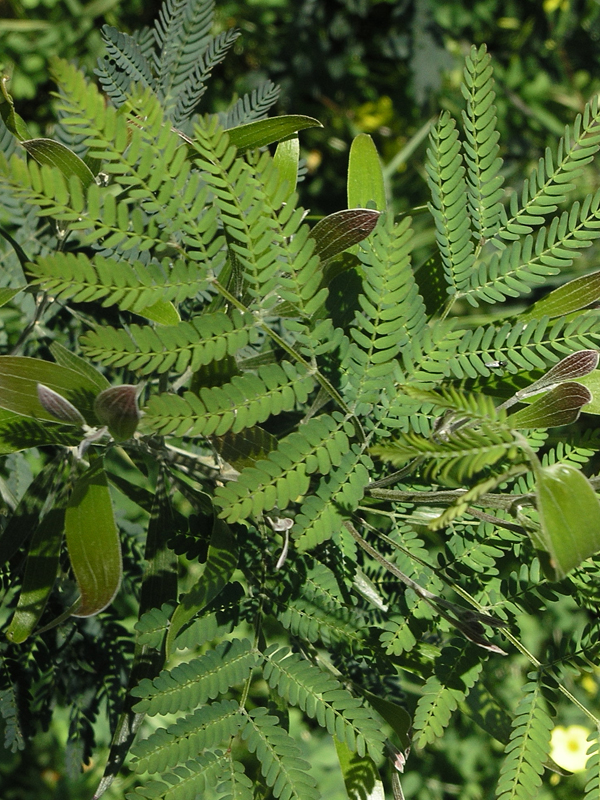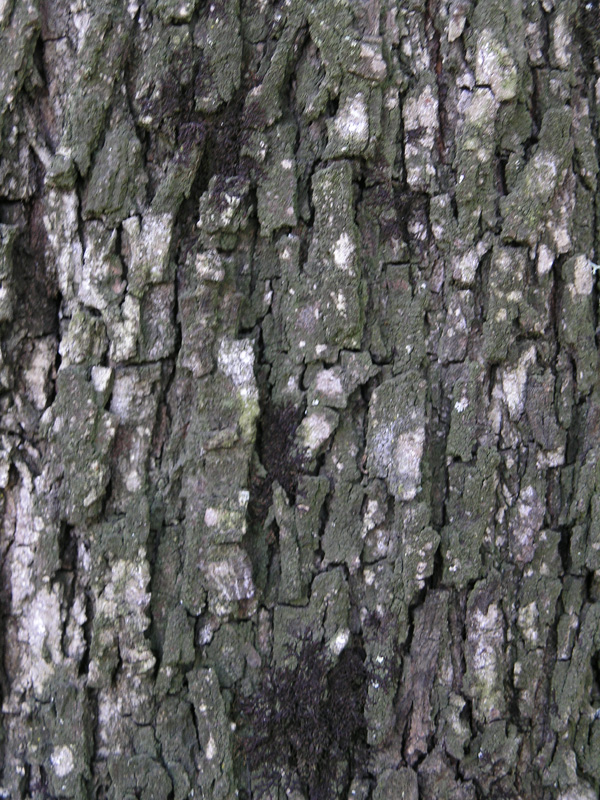| ID Characteristic | It has very attractive deep green foliage, cream coloured ball shape flowers, with red and spirally pods. |
| Shape | Upright and wide spread. |
| Landscape | A specimen or street tree. |
| Propagation | Easily propagated by seed. Place in boiling water for 12-24 hours, (allowing the water to cool during this period), sow before the seeds dry out. The boiling water softens the seed coat and allows quick germination which can vary from 1-4 weeks. Seeds may be sown at any time of year, although spring sown seeds seem to yield slightly more significant results. Once seedlings have produced their true leaves they may be pricked off into pots and transplanted according to growth rate.
For cuttings collect half-ripened lateral shoots and stick in a mix of equal parts sand and peat/compost, place in a heated greenhouse under moist shade; cuttings are slow to root.
Approached grafted onto A. retinoides, seed raised stock that is 18-24 months old and about 30 cm in height. Once the graft has taken remove the top growth from the understock the following spring. |
| Cultivation | Sandy, wet soil in full sun. |
| Pests | Lorantheceous parasites and Armillaria mellea (The Honey Mushroom). |
| Habitat | An understorey in Eucalyptus forests, agricultural areas, coastland, disturbed areas, estuaries, natural forests, planted forests, range/grasslands, riparian zones, scrub/shrublands, urban areas, and wetlands. |
| Bark/Stem Description | The bark is very rough and scaly and dark grey-brown in colour. |
| Leaf Description | leaves are wide (15 cm), dark green and with 3-5 main veins. |
| Flower Description | Ball shaped and cream coloured. Held on a scaly stem known for its strong smell, approximately 4-18 mm in size and edible (commonly is used in fritters). |
| Fruit Description | The fruit is a spirally reddish coloured pod that ranges in size from 3-15 cm. |
| Colour Description | Bark is dark green-brown, foliage is blue-green, and flowers are a light yellow. |
| Texture Description | A medium textured plant. |


